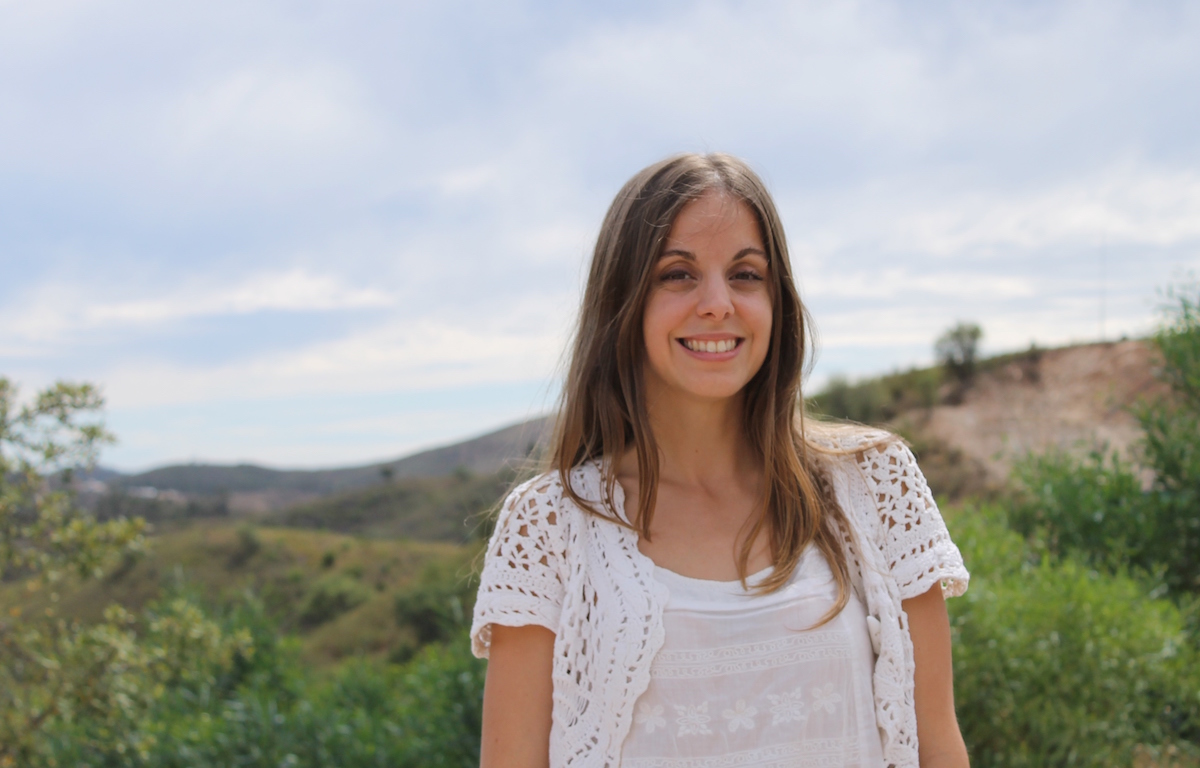Andreia Grancho, 30, from Oporto, is part of the video-surveillance team at CNRLI since 2011.
Andreia shares the responsibility of monitoring the lynx living at the National Centre for Iberian-lynx Reproduction (CNRLI) with Verónica Madeira and Marta Cabaça, through images live transmitted by video surveillance cameras.
It’s been five years since this psychologist, specialized in animal behaviour, started to take notes of the lynx day-to-day lives.
“When I learned that the CNRLI team was being formed, I sent my curriculum. I had to wait almost a year for a vacancy.” And she has been working with lynx ever since.
At the time, she knew little about this species. “I had a general interest in animals and I had done volunteer work with the wolf in a zoo and in the wild.”
Now it’s different. Among the many features of a lynx’s life, what she admires the most is the maternal behaviour with the cubs until they become independent. “Each mother lynx has her own way to teach her cubs how to hunt.” But generally, all the progenitors show the prey in a phased manner. “It’s funny to see how the cubs are very attentive to learn as their mothers do. And they learn to hunt in an instant”, with a lot of playing too, of course.
For Andreia, the most stimulating moments at CNRLI are the periods of pregnancy and the births. “It takes great concentration in these moments. But each phase has its interest, especially for those who like to study behaviours.” According to Andreia, the most difficult times for doing surveillance are those when lynx spend a lot of time sleeping.
[divider type=”thick”]The Birth of an Iberian-Lynx
A team from Wilder has been at CNRLI for two days on March 2015. In this series we show you how is it to work at this centre and all the people who take care of this endangered species.



